Our Day Was in Ruins
Let me first apologize for causing any alarm with today’s blog title. I have a lifelong struggle with humor that seems so funny to me that sometimes I can’t resist using it. It is either an opportunity to make you, dear reader, smile a bit or an opportunity to confess and plead your forgiveness.
Let me further assure you that this was a wonderful day that began in the ruins of Capernaum and continued to the ruins of Beit She’an, a massive Roman city that remained mostly covered until 40 some years ago. It ended with a stop in the West Bank and a 5 p.m. check-in at the Dead Sea. For the sake of variety, and in order to save the best for last, I’ll describe this day in reverse.
The sun has just set behind the mountains of Jordan, which were only a few moments ago reflected in soft, earthy colors over the Dead Sea. We sit on the western edge of this great silvery mirror, and the line of mountains crests the other. Dinner awaits, but we can happily report that the water is warm; and all of us seeking to float effortlessly on the Dead Sea (or its waters in the indoor pool) have already done so.
We’ve come from the West Bank (stopping off for shopping in Jericho while there) in order to arrive at our hotel. When one hears of the West Bank, some scary (and true) reports from the news may come to mind. Let me assure you that our visit to Jericho, known as the world’s oldest city, was happy and safe due to the thriving tourist commerce in the area and our expert tour guides. They reminded us that it might not be a good idea to drive around the city seven times (Joshua 6) and led us through an indoor market with hand-blown glass, local dates, various sundry, prices in U.S. dollars, and haggling welcome. On a more serious note, downtown Jericho and the rest of this part of the Judean wilderness sit under the shadow of the Mount of Temptation (Matthew 4), which we easily viewed from our seats on the bus.
Prior to our Jericho visit, we spent time in Beit She’an. This well-preserved ancient city, once a key part of the Decapolis, was simply too large for us to fully explore today. We all got to walk the main street, called the cardo, or “heart,” of the city street system. Why “cardo” for a main street? Think “cardiac” and all the circulatory system through which the heart pumps everything, and think of visitors heading into and out of the city via this road; and now you’ve just learned some Latin! The cardo boasts enormous standing columns that once offered rooftop sun protection, a brilliantly engineered drainage system, and plentiful remains of what were once dazzling mosaic floors and marble walkways open to the public for everyday use.
Because Beit She’an controlled the one and only practical place to cross the Jordan River in that region, it was the key passage for all trade between the Mediterranean ports to the west and all cities to the east. The opulence of its day was still evident now in its 8,000-seat theater and enormous public bath systems, all of which sat below a green and lush tel (a small mountain of past civilizations built one atop the other, now covered with soil and grass) still relatively undisturbed, save for a pagan temple. All of this was built atop after Rome took control and the city thrived until a great earthquake around AD 749. Biblically speaking, we know specifically of Beit She’an as the location where the defeated King Saul and his sons were hanged by the Philistines along the wall for all to see (1 Samuel 31:10). Honestly, it would have been easy to spend several hours exploring and studying this massive site.
But for many of us, the best part of the day was our morning visit to Capernaum. We started the day here, knowing that we were about to leave this sweet Galilee that we were just getting to know. Something tugs on the heart when saying hello again to each other, while the sparkling sunny waters lapped at the shore around us. After all, we were also getting ready to say goodbye and depart the region toward the Gilead mountains to the south.
But the morning was deeply rewarding. In Capernaum, a seaside morning message from Jim Showers reminded us of the biblical foundation of Christian support for the Jewish people owning the very land of Israel that God promised to them. Capernaum is colloquially known as the “City of Jesus” because the Bible describes so much of Jesus’ ministry here. Accordingly, other than Jerusalem, this is the city most mentioned in the New Testament.
A modern Catholic Church is perched protectively over the exposed 1st-century remains of Capernaum, including the widely accepted location of Peter’s home, where we believe Jesus would have often stayed while in Capernaum. We also walked through the remains of a 4th-century two-story synagogue built over the original 1st-century synagogue where Jesus undoubtedly would have taught and preached while there.
All that the Bible records in Capernaum includes miraculous healings, powerful teaching, and much time spent there. It is relatively small, taking maybe five minutes to walk from one side to the other. But the feeling of importance for what happened here, and Who was here, is hard to miss. I invite you to do a quick search of Jesus’ miracles in Capernaum and to read Matthew 4:13, Mark 1:21, Luke 4:31, and John 6:17 for a brief overview. Every Gospel specifically mentions this small little fishing village, now a testimonial to Jesus and the gospel visited daily by thousands.
Although the passing of time has certainly brought cities into ruins as described here, in truth this day has bolstered my faith. If faith is the hope in things not seen, then today is a glimpse of certainty into that in which our faith is placed. To have walked the same little shoreline, to have seen the remains of buildings where Christ taught and healed, has been a great blessing.
We have inherited a great faith and a living hope.
Not ruined, but real.
Not lost, but living.
Not an end, but a beginning.
Our Team
Blog author: David Lightfoot
Photos: Roxanne Lightfoot
Administrative Assistant to the Executive Director
The Friends of Israel Gospel Ministry

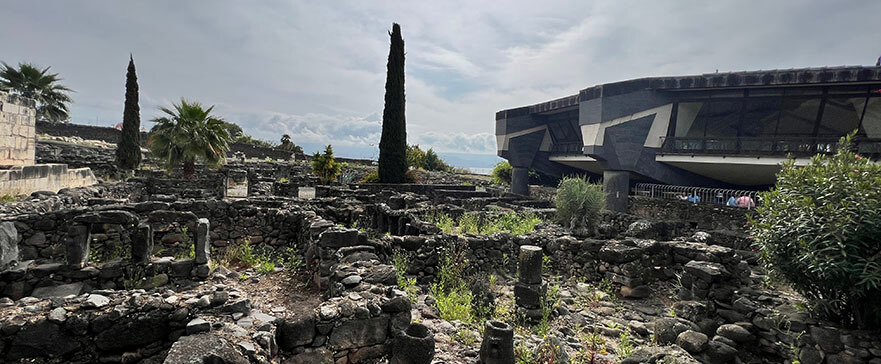


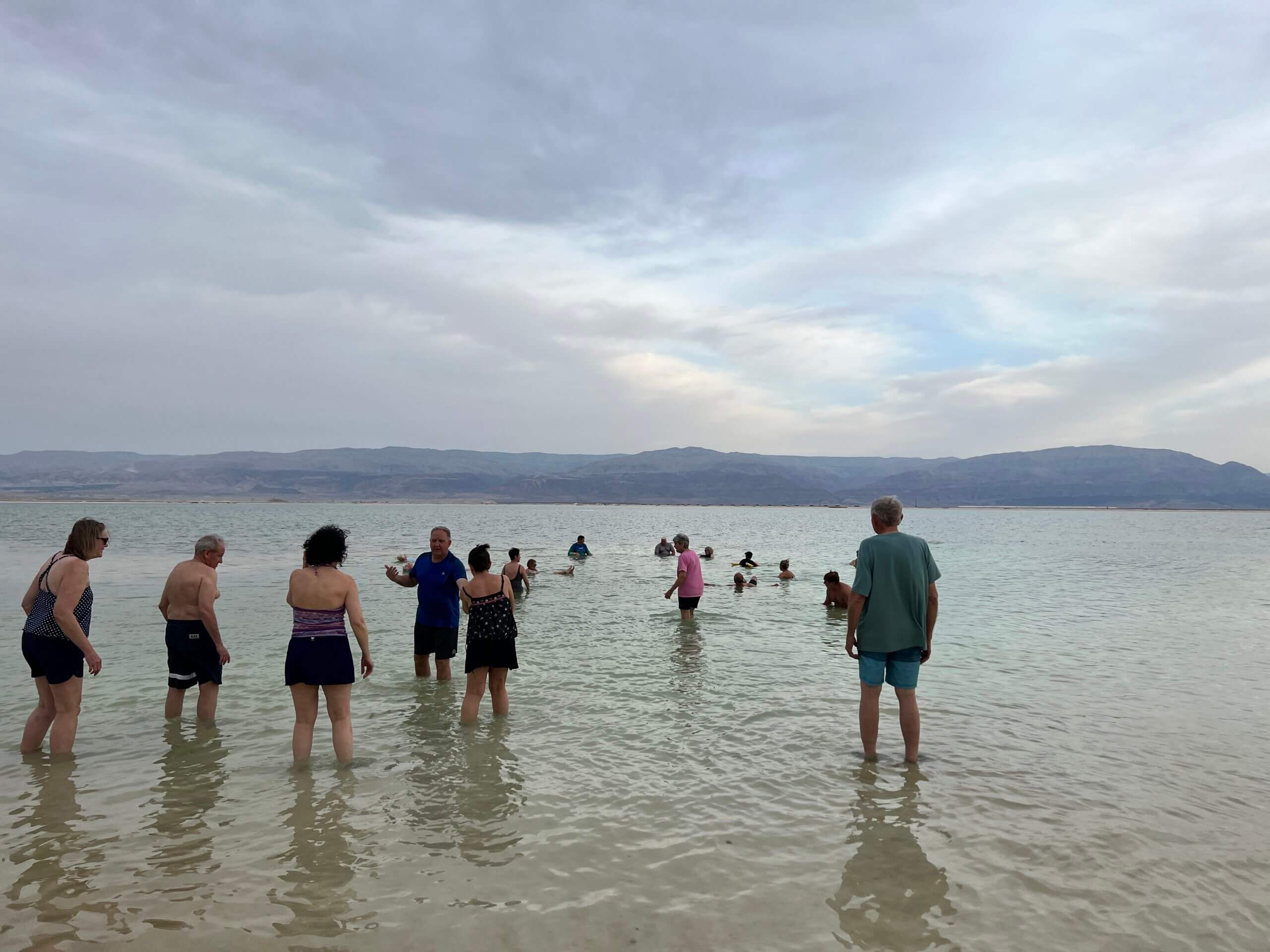
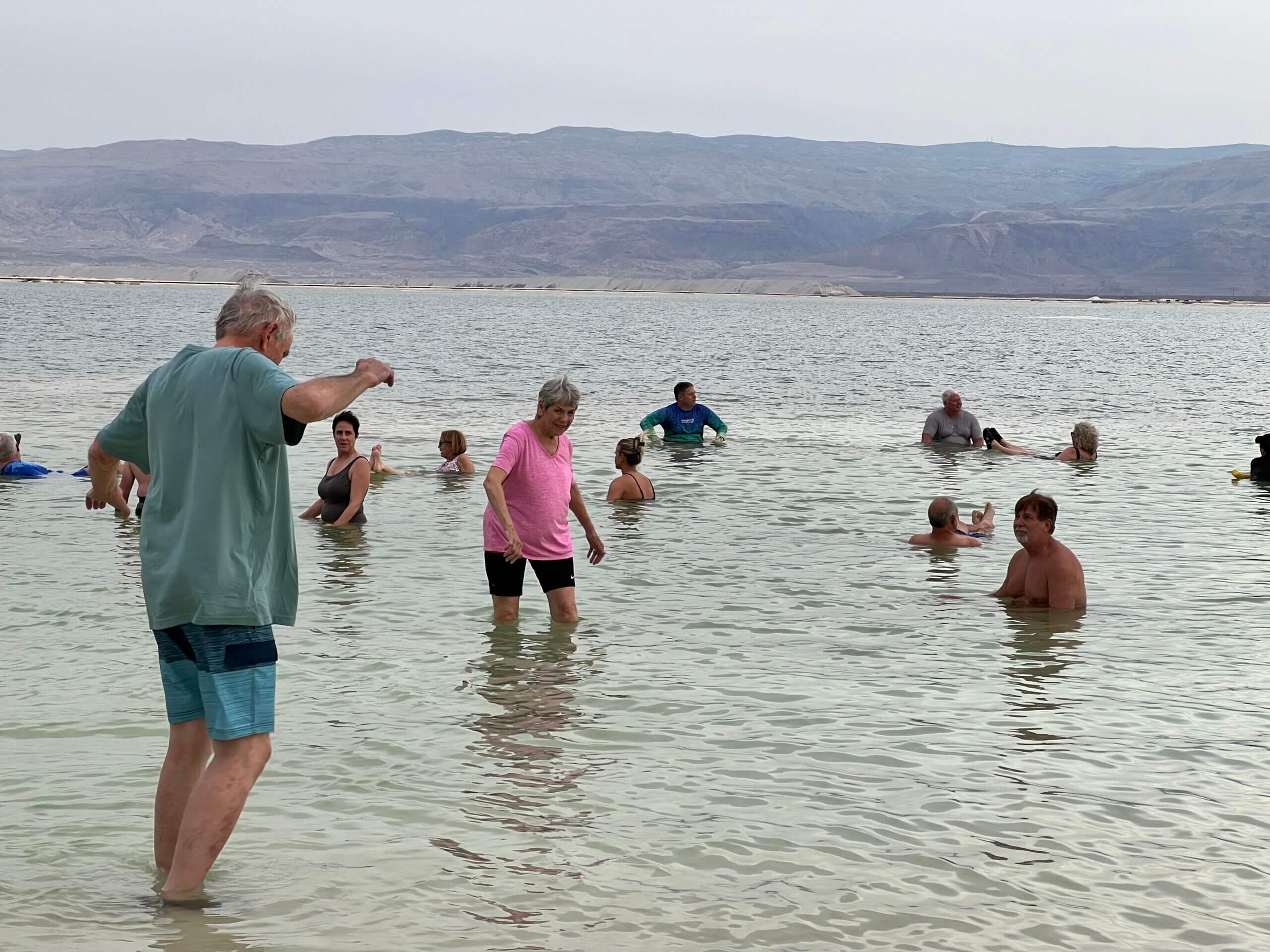
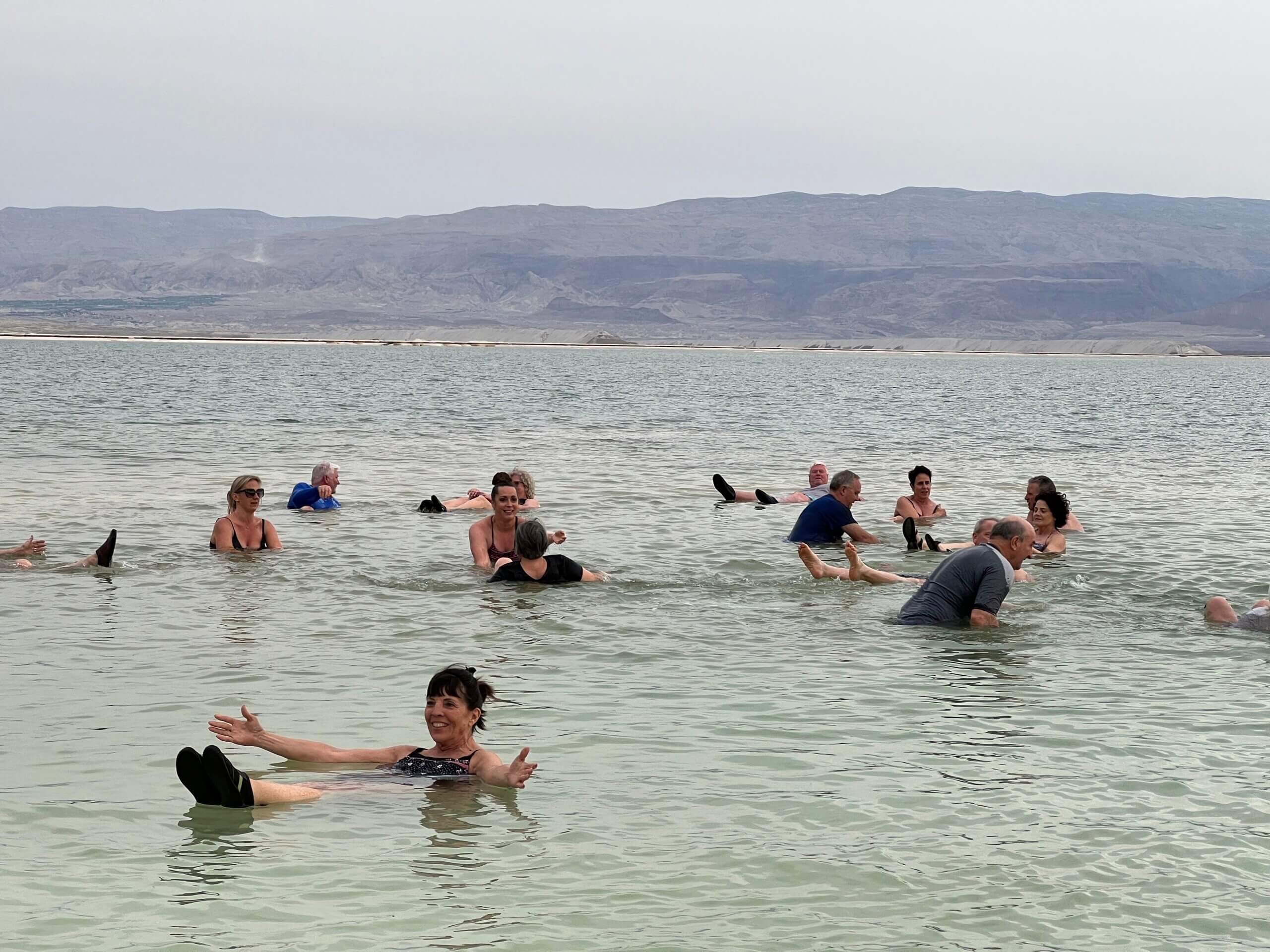
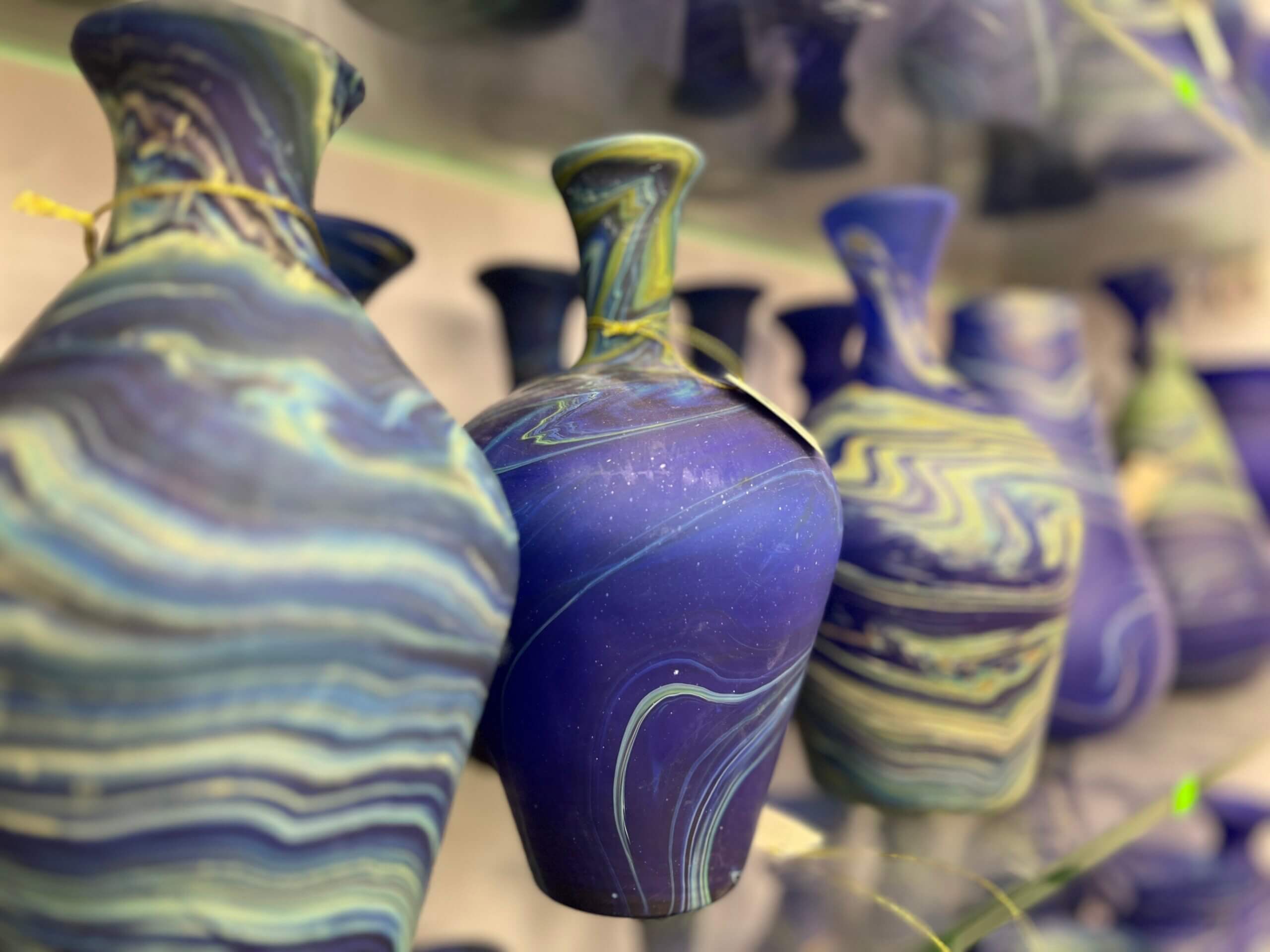
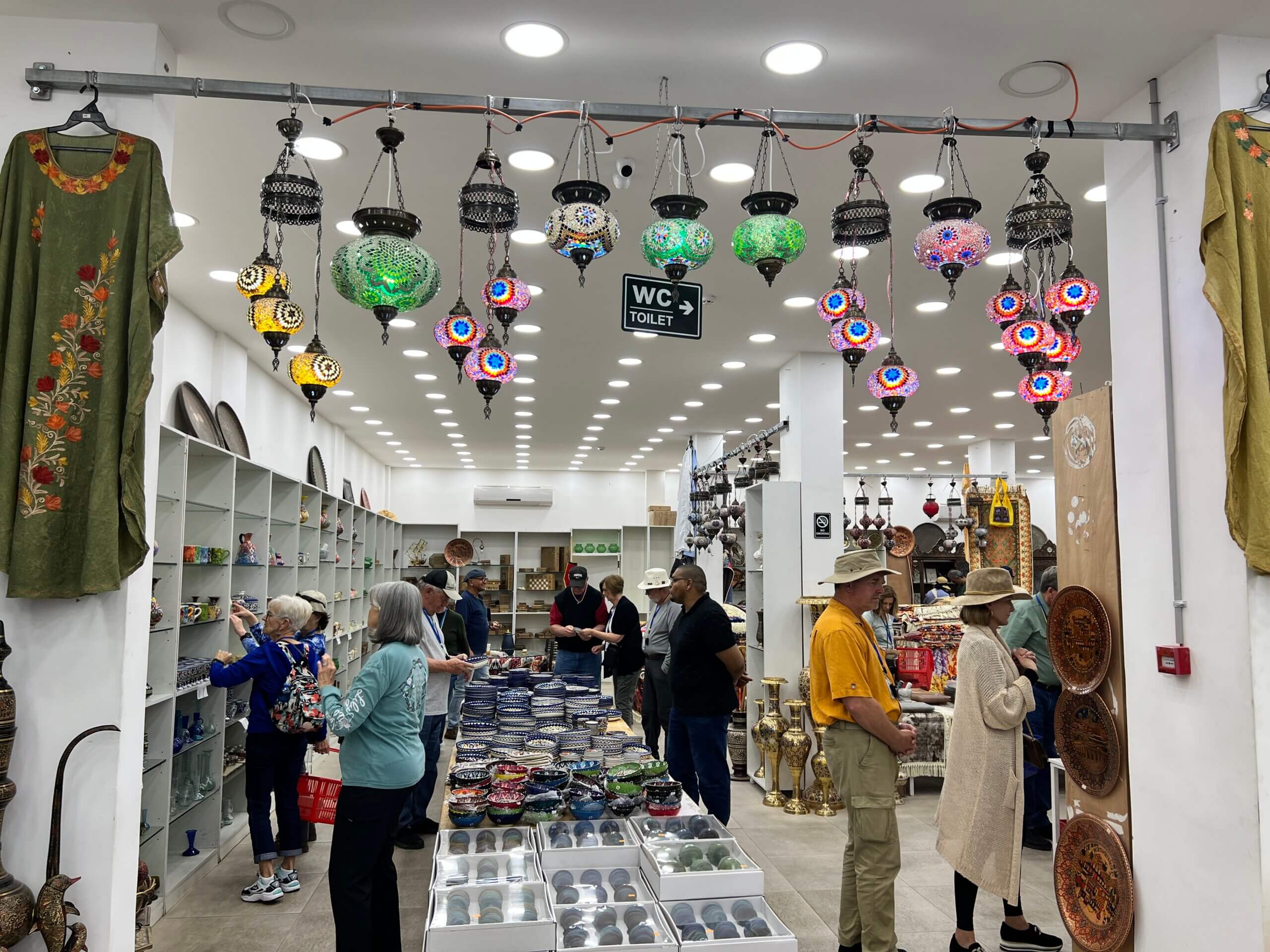
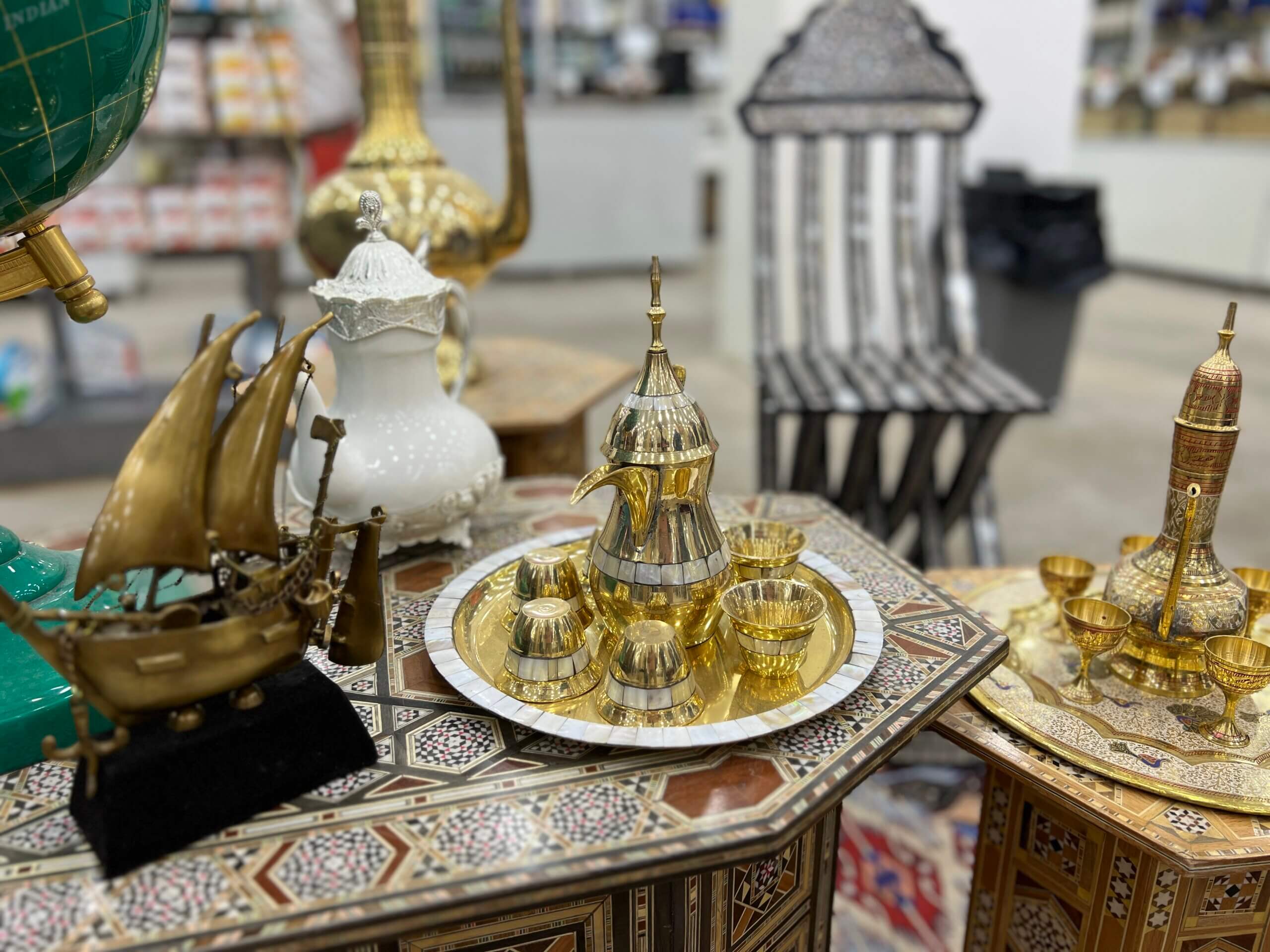
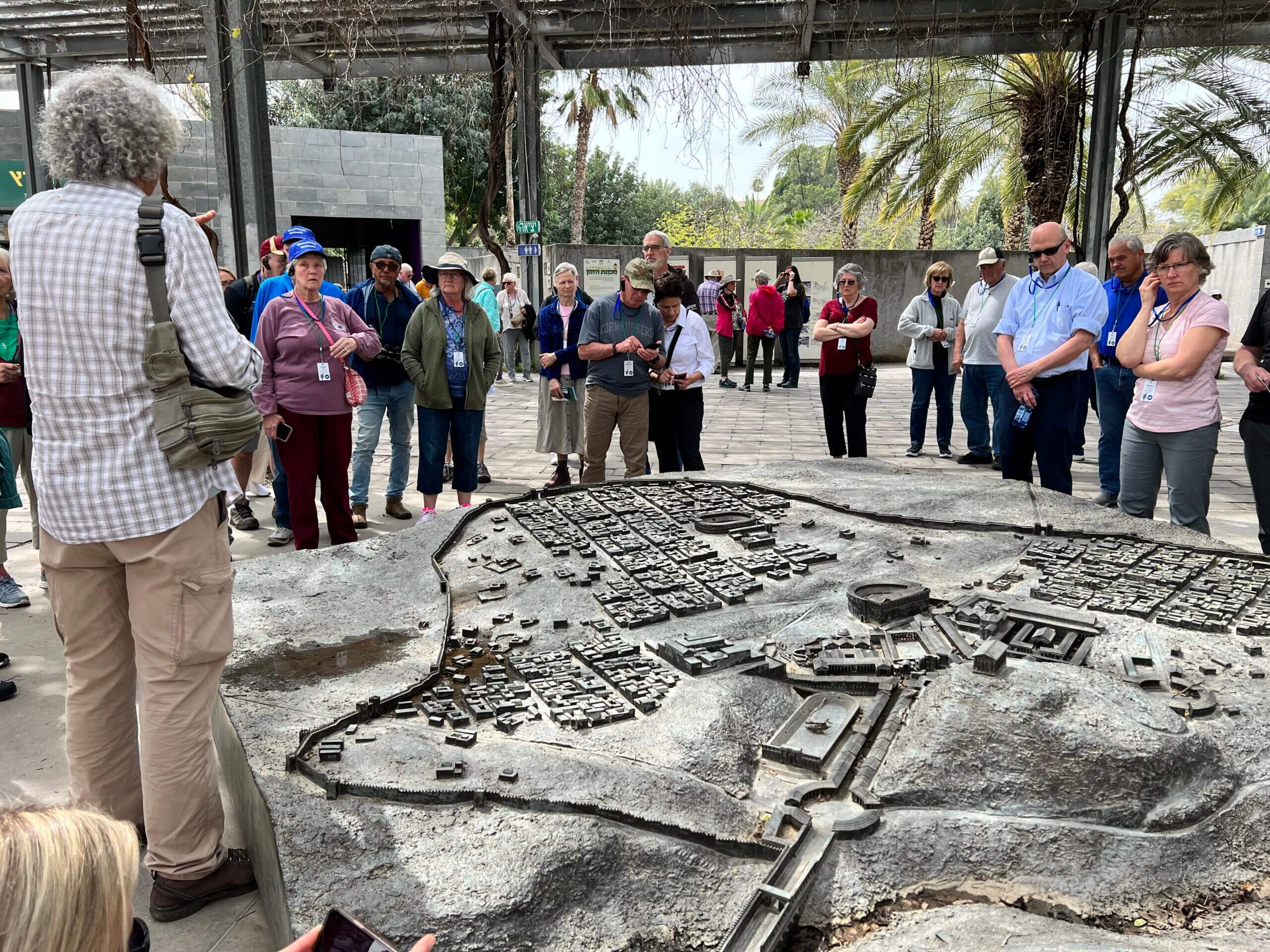
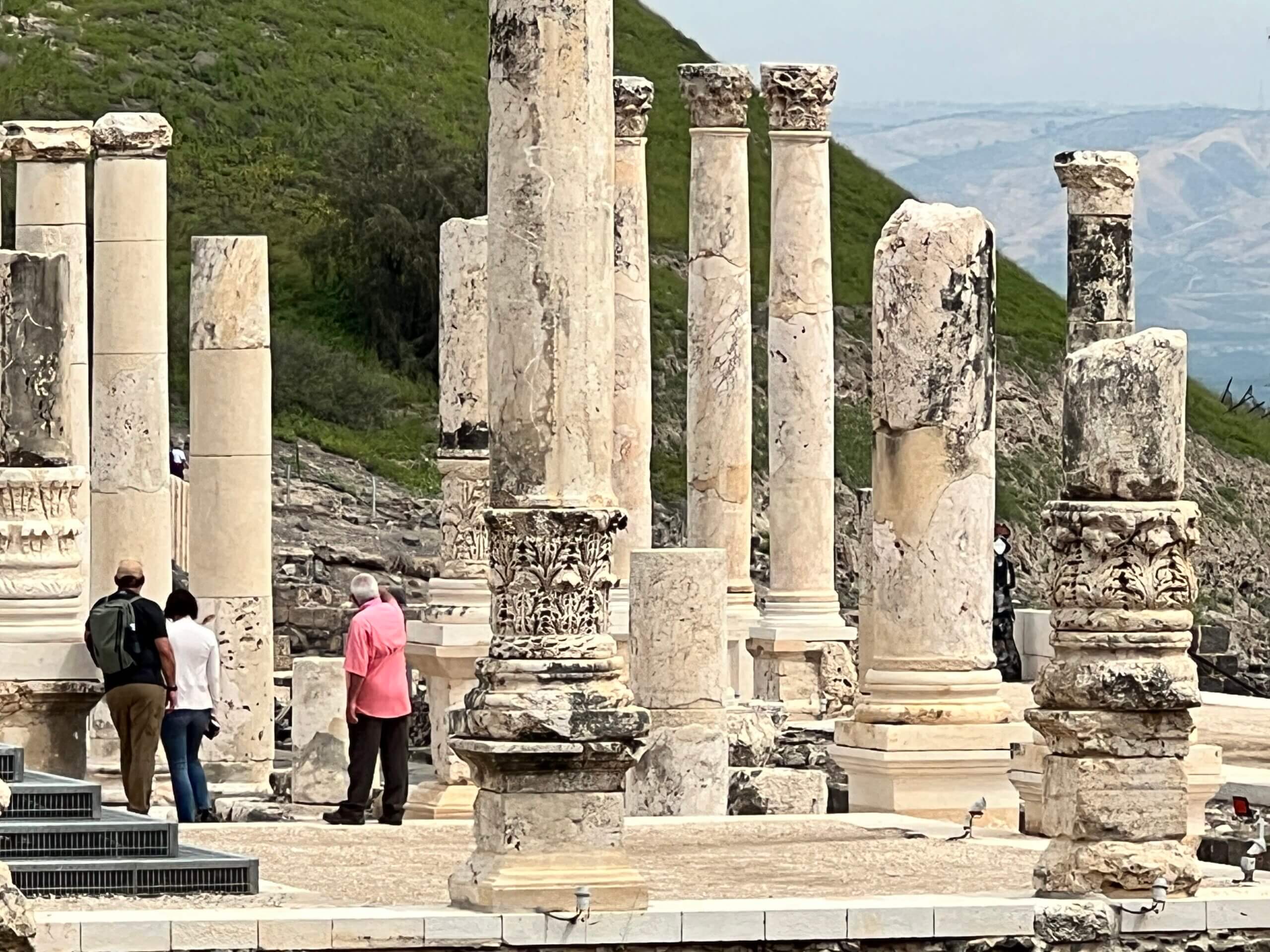
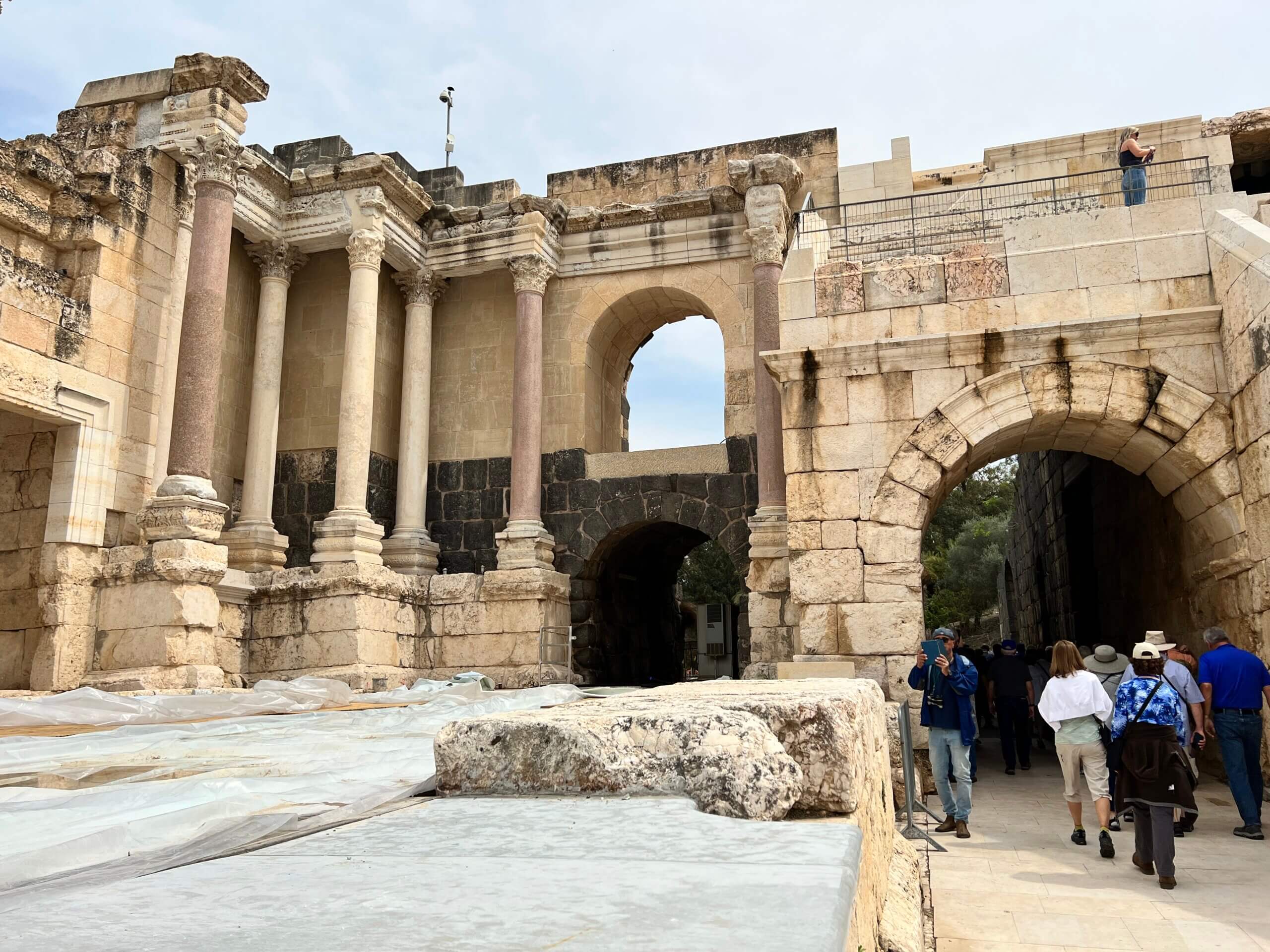
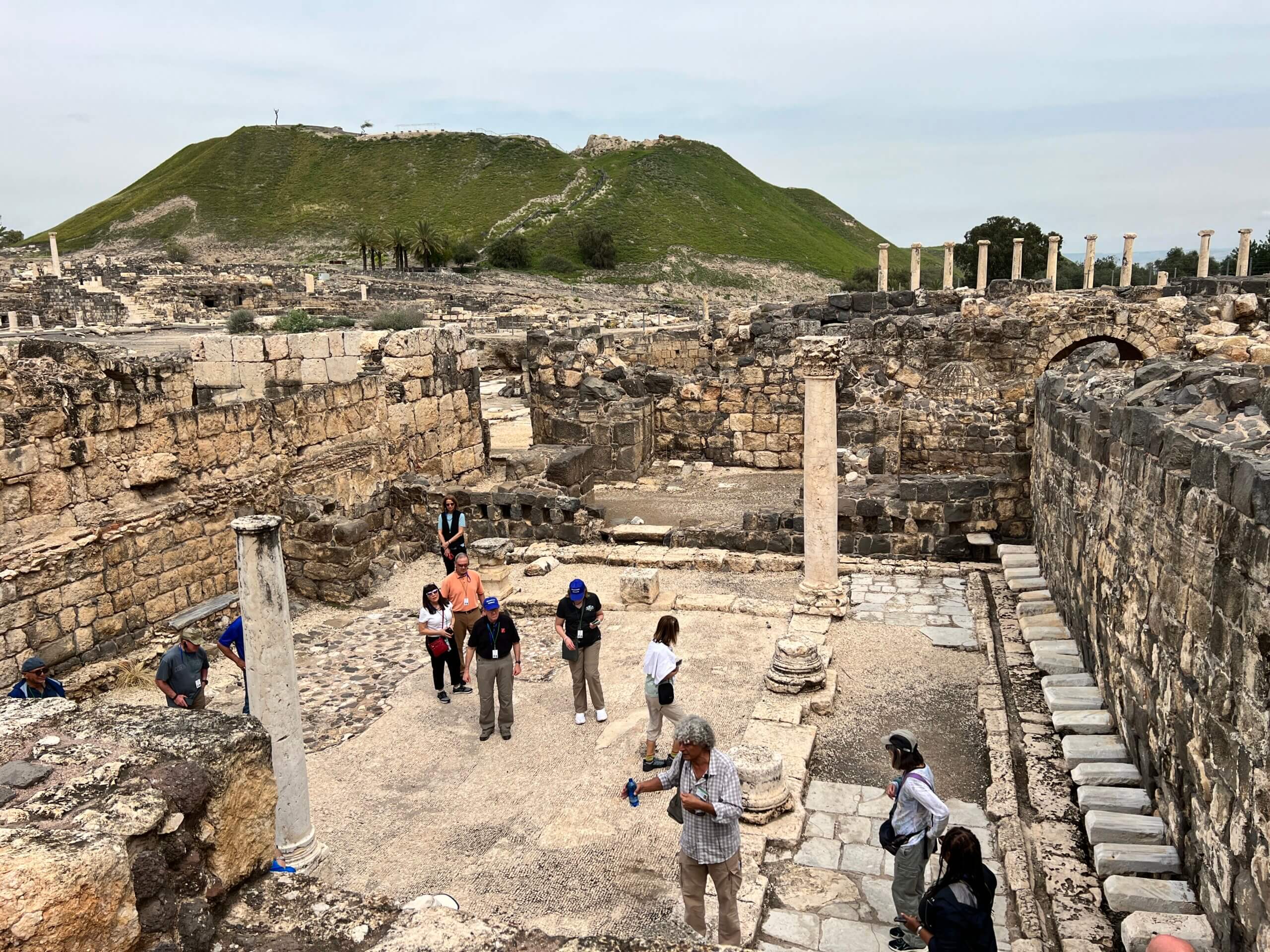
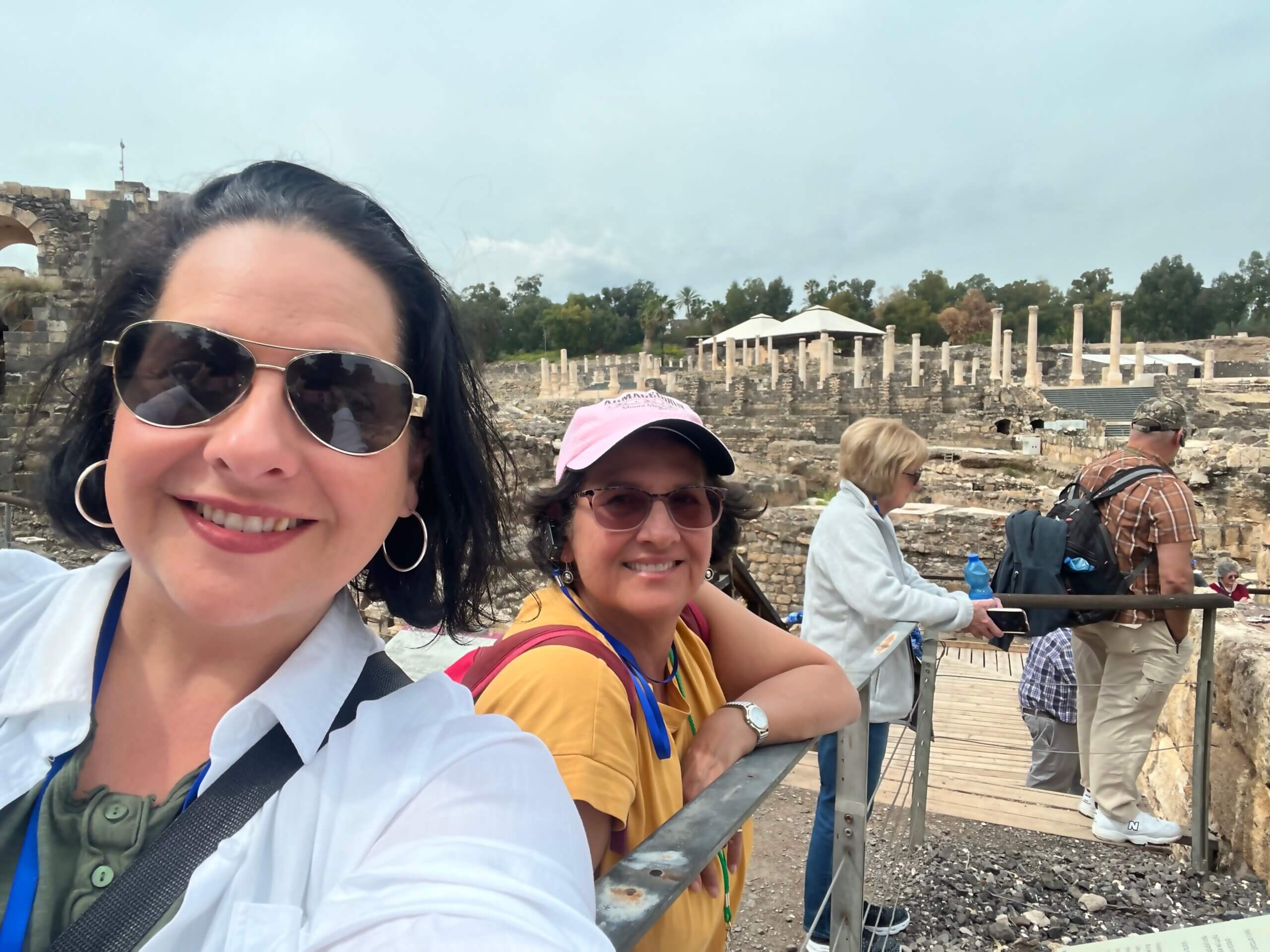
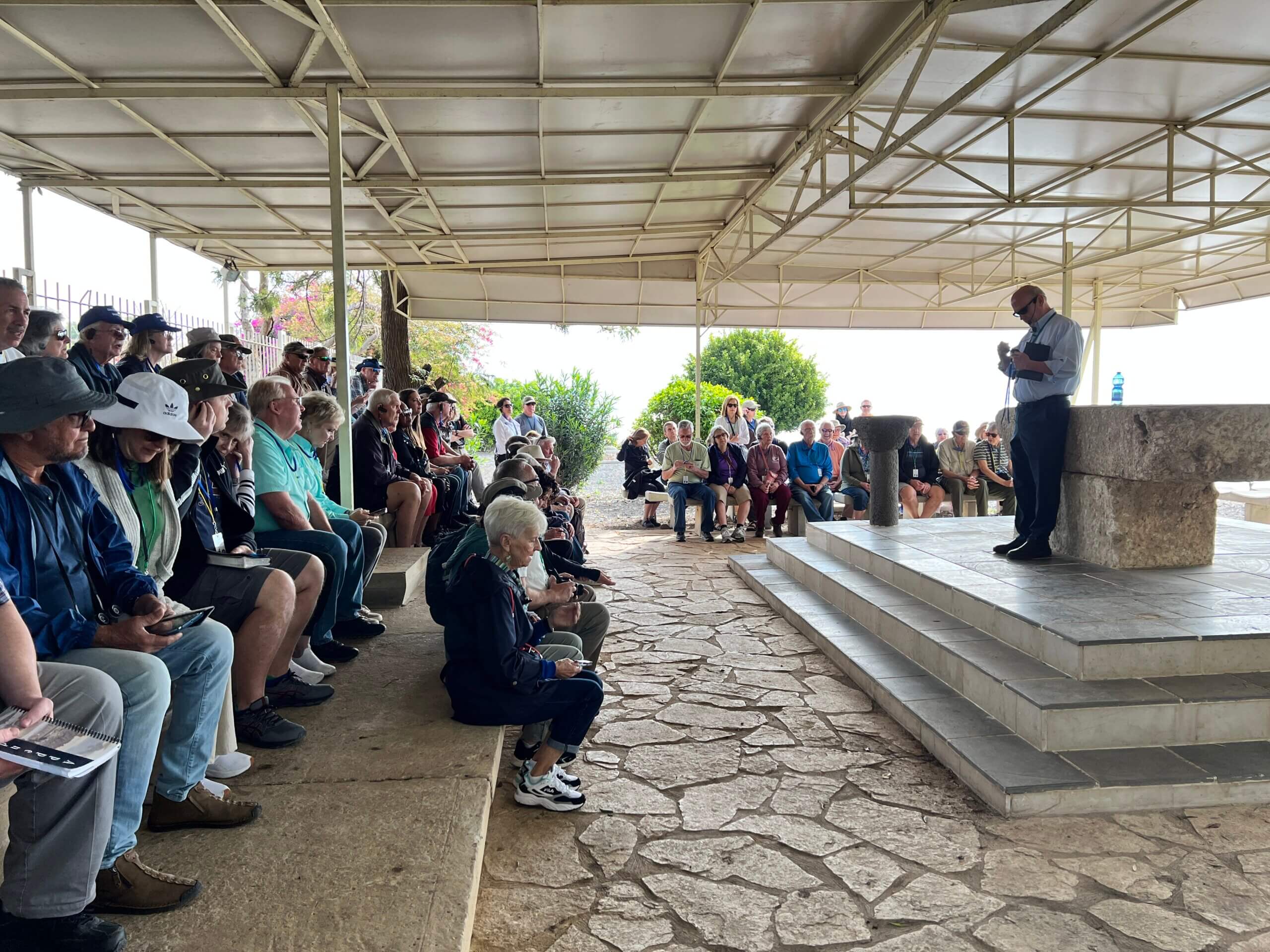
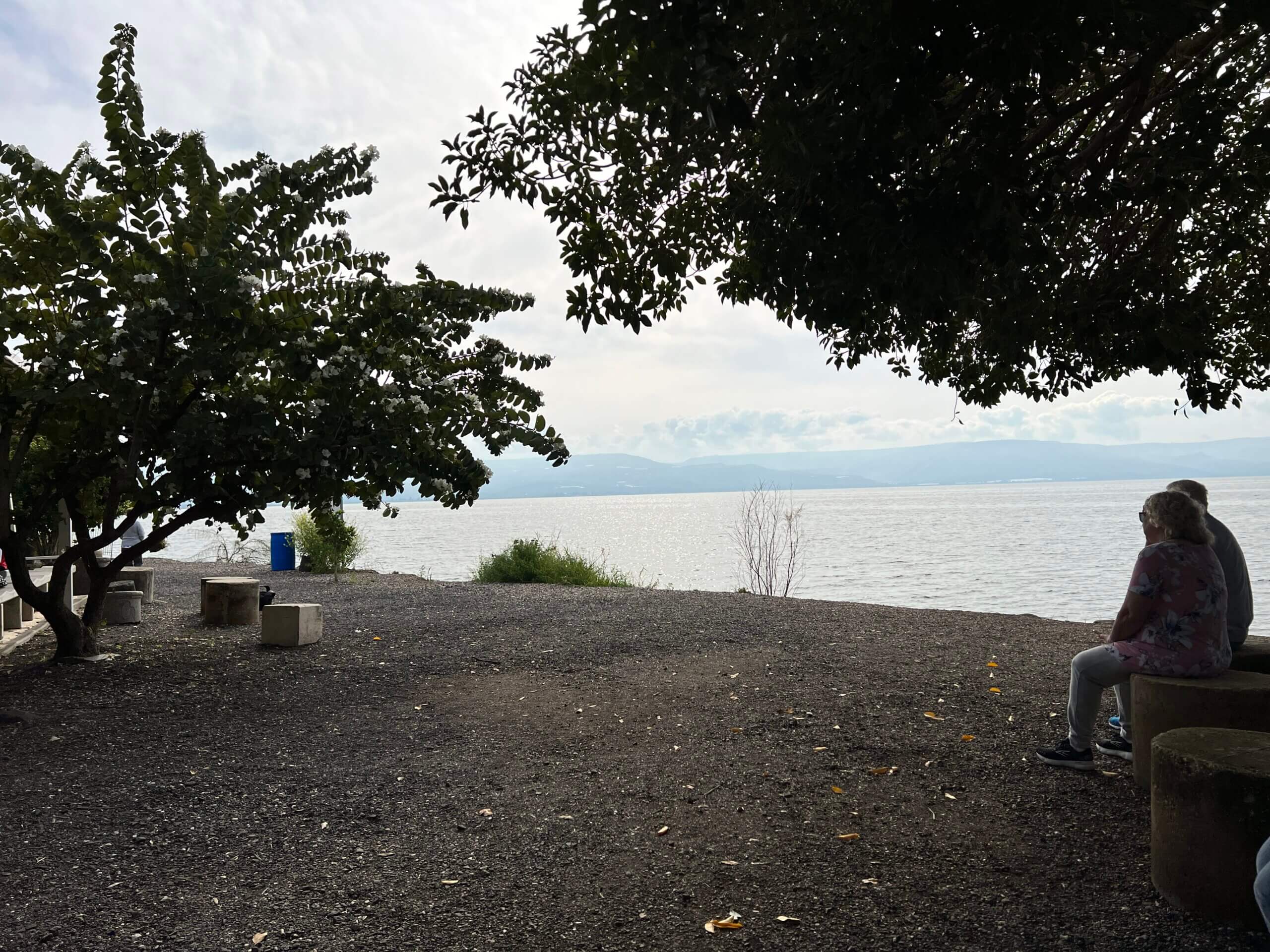
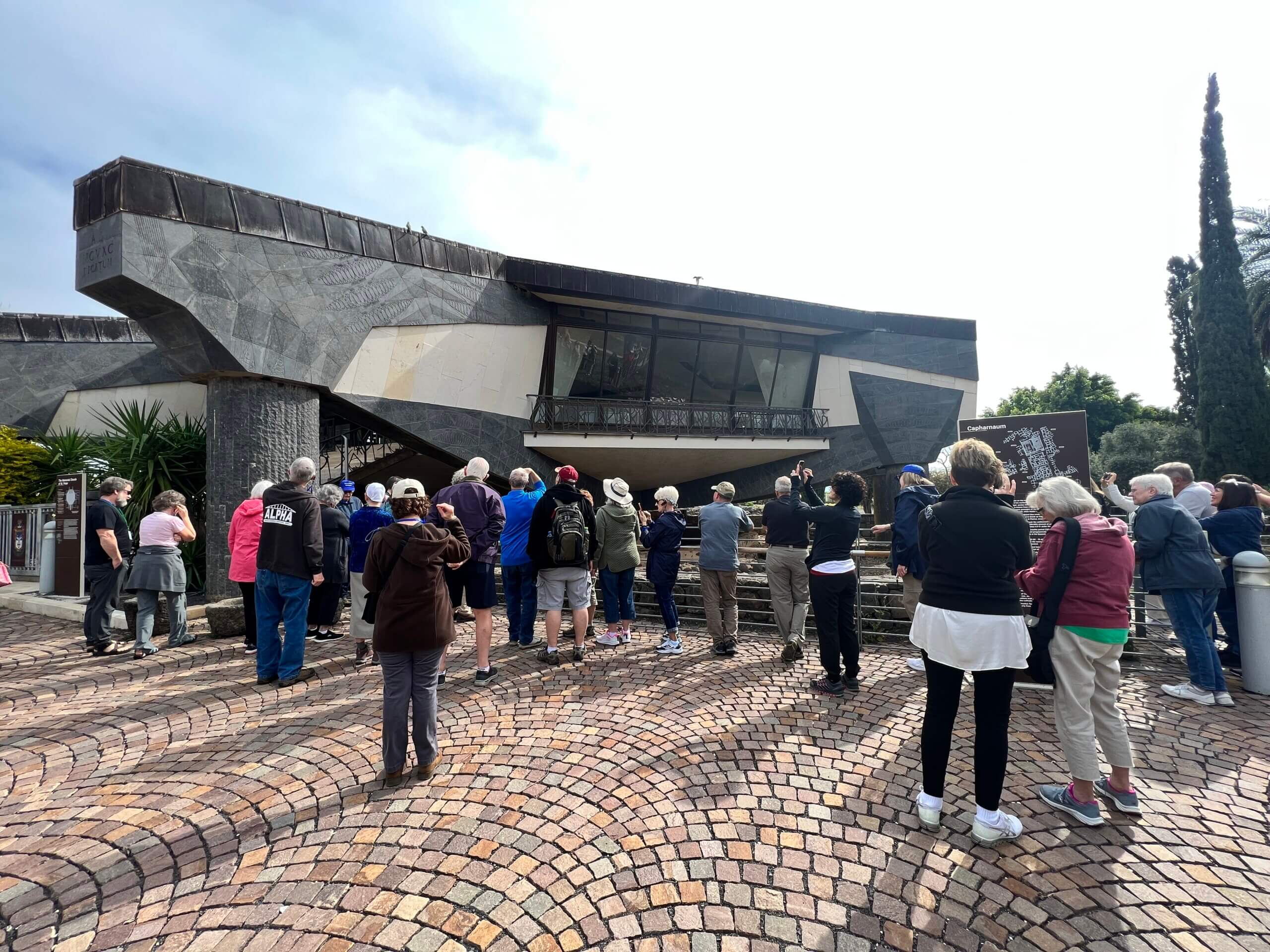
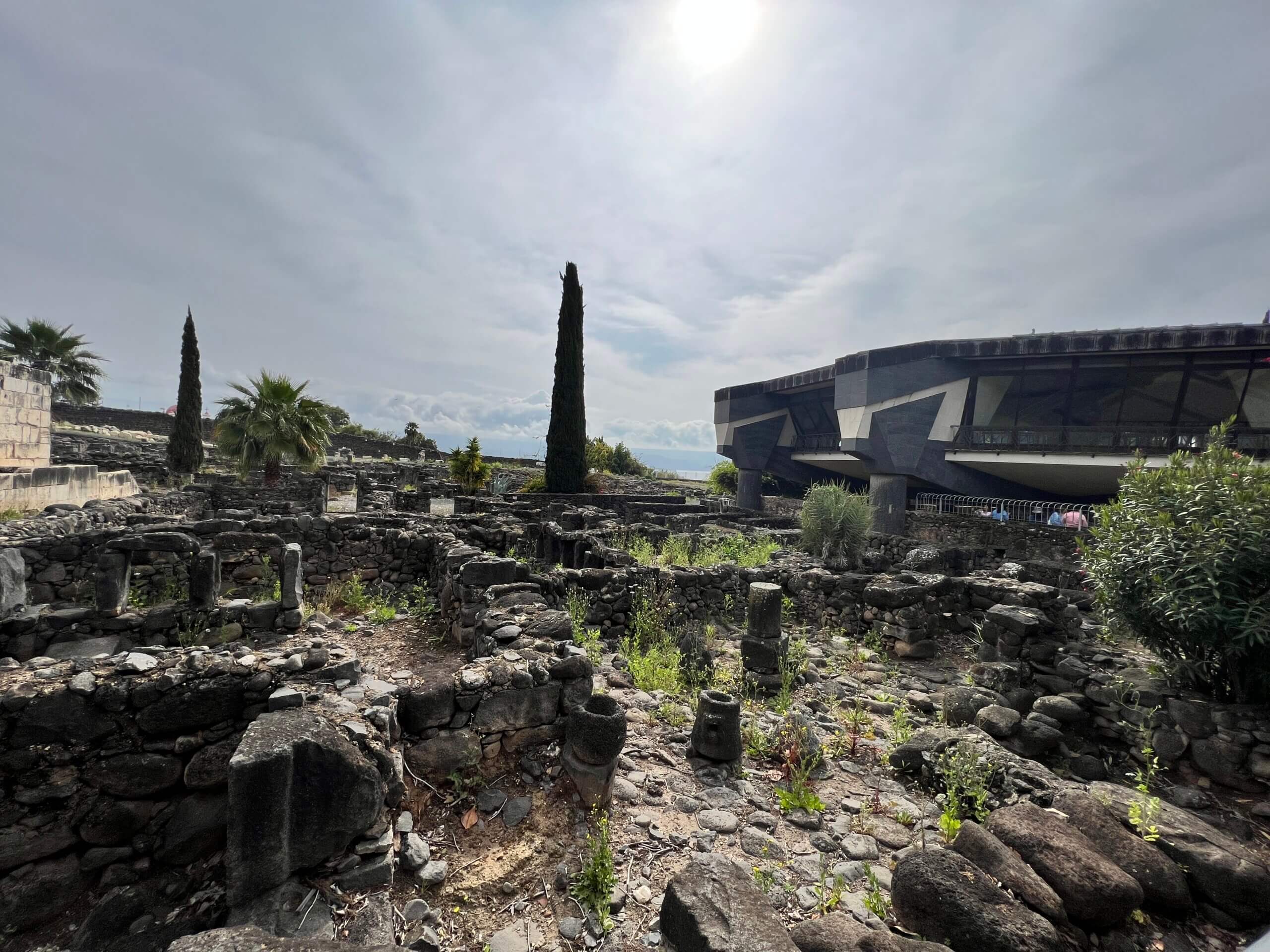
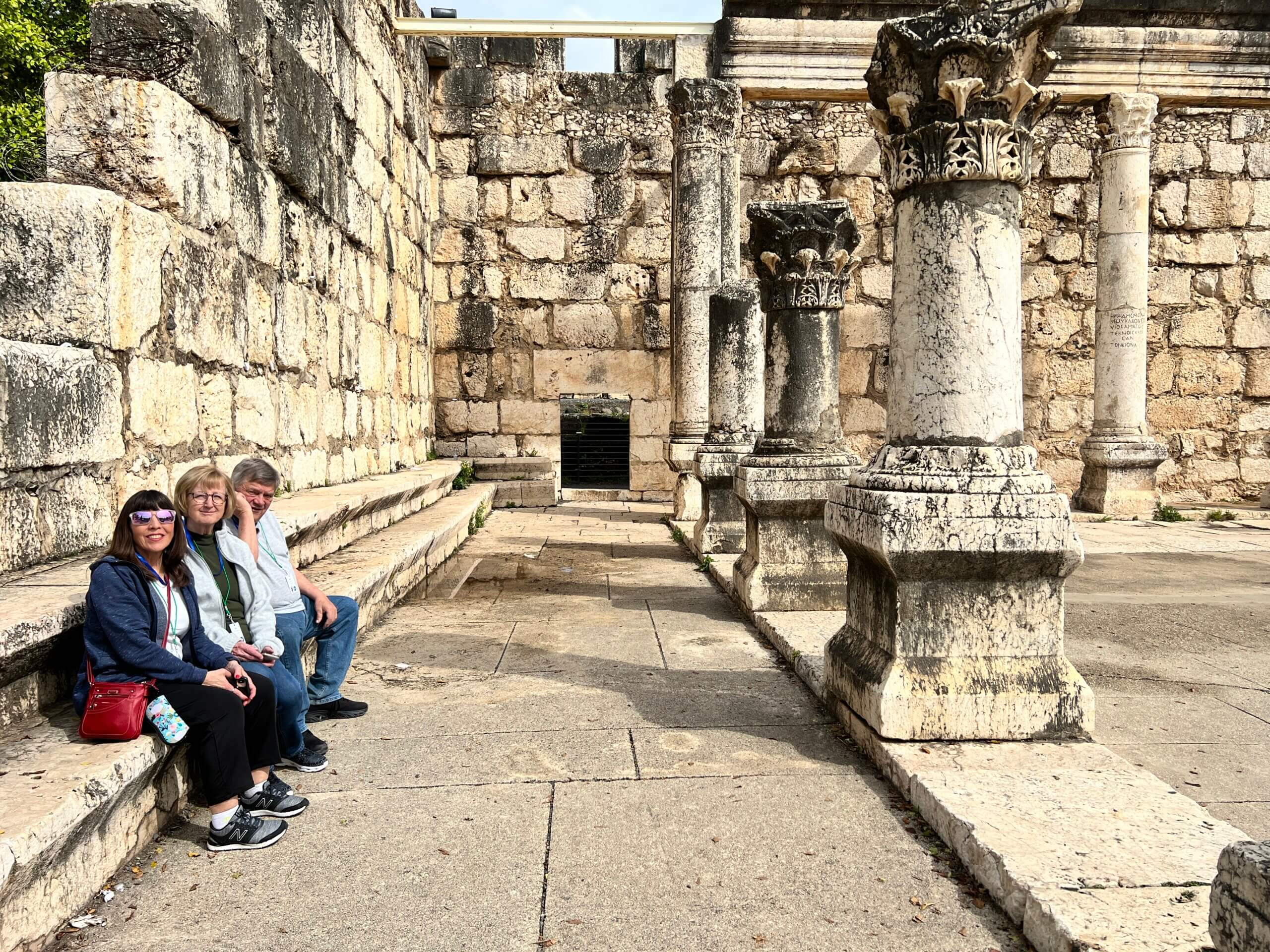
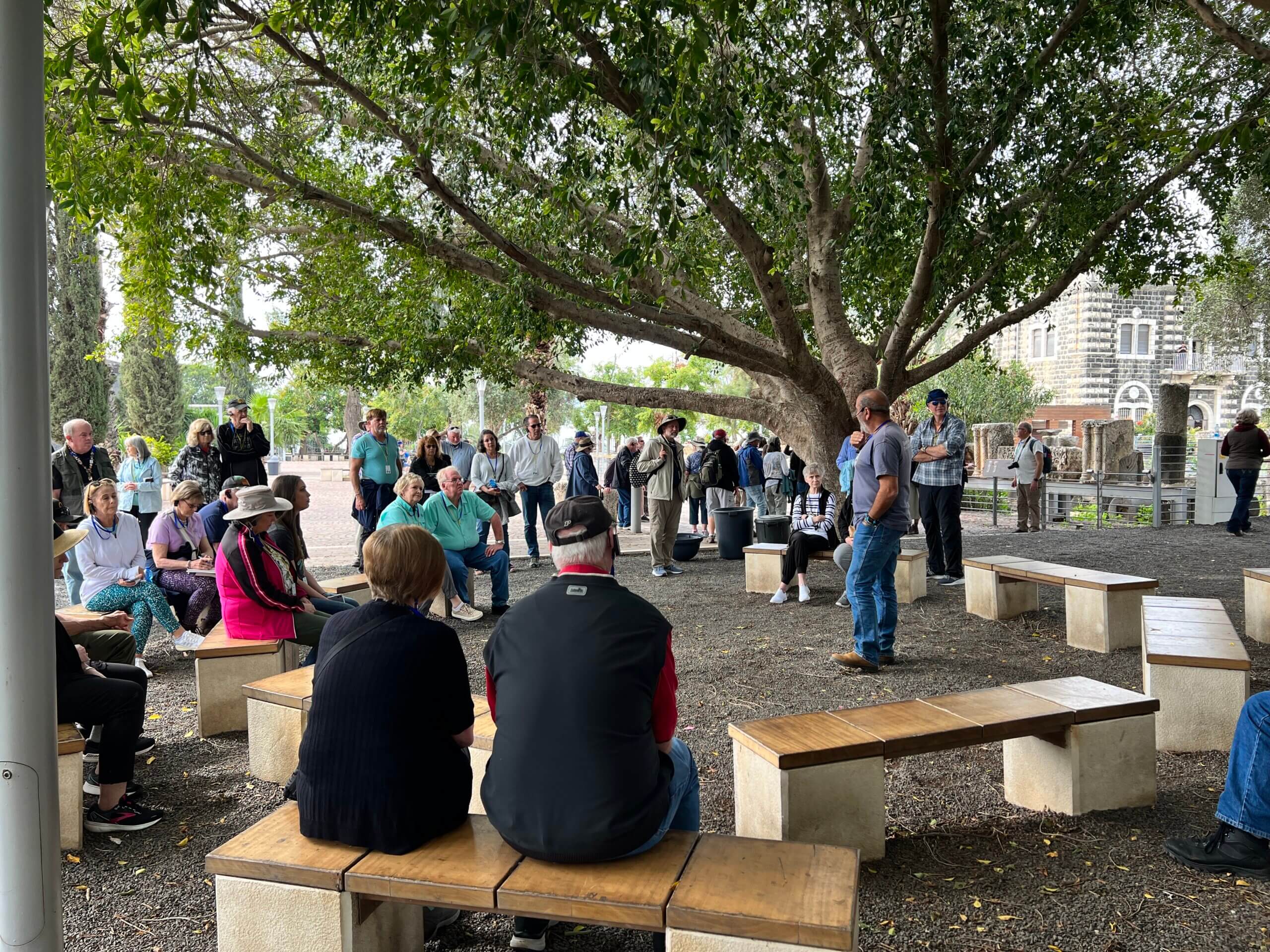
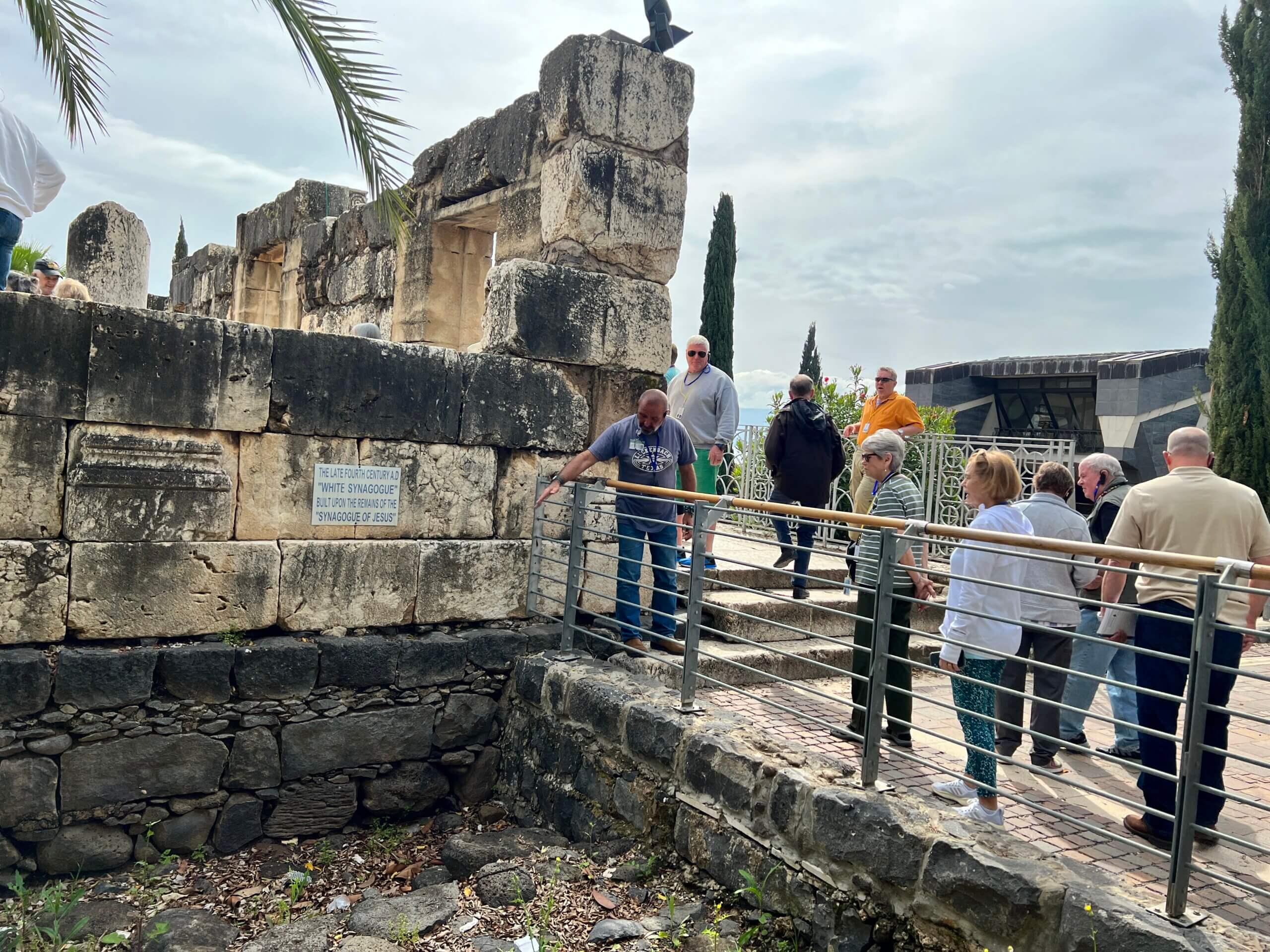


Comments 4
Thanks for photos and brief description of day, from last to first.
Thank you, Lorraine! We’re glad you like it!
Covering you and your journey in our prayers.
Thank you, Joseph!